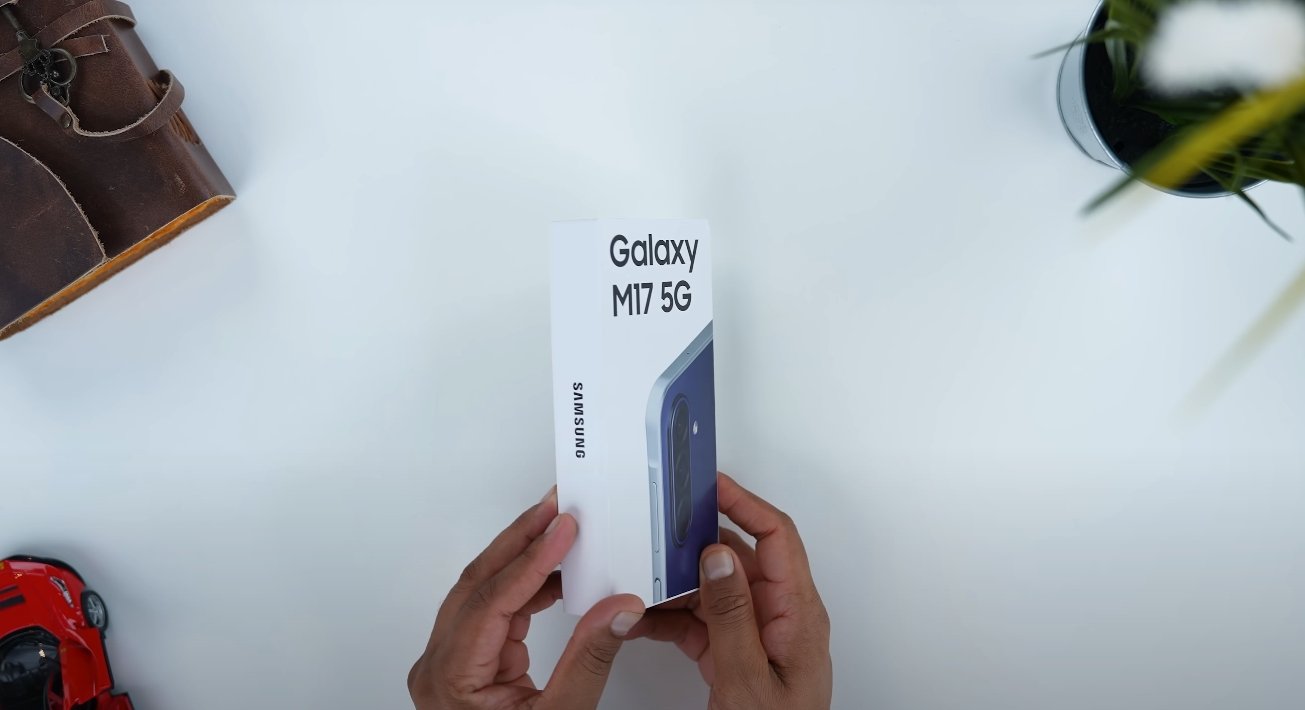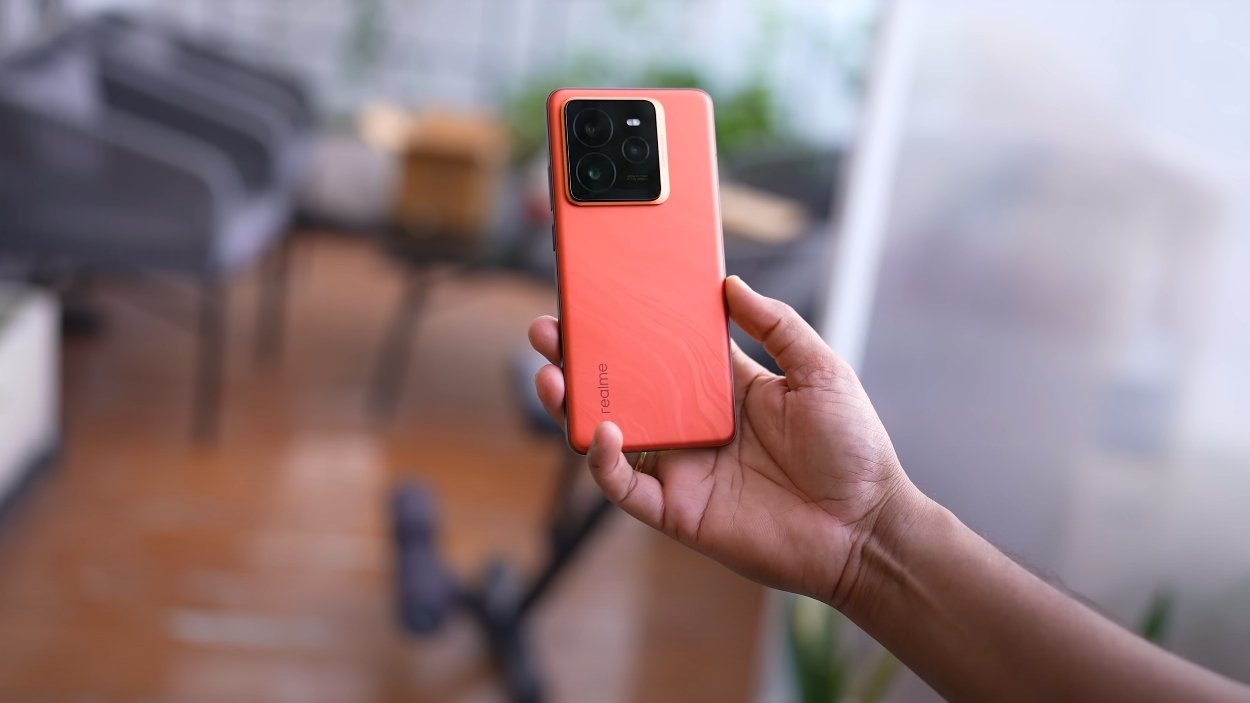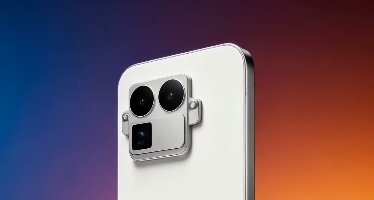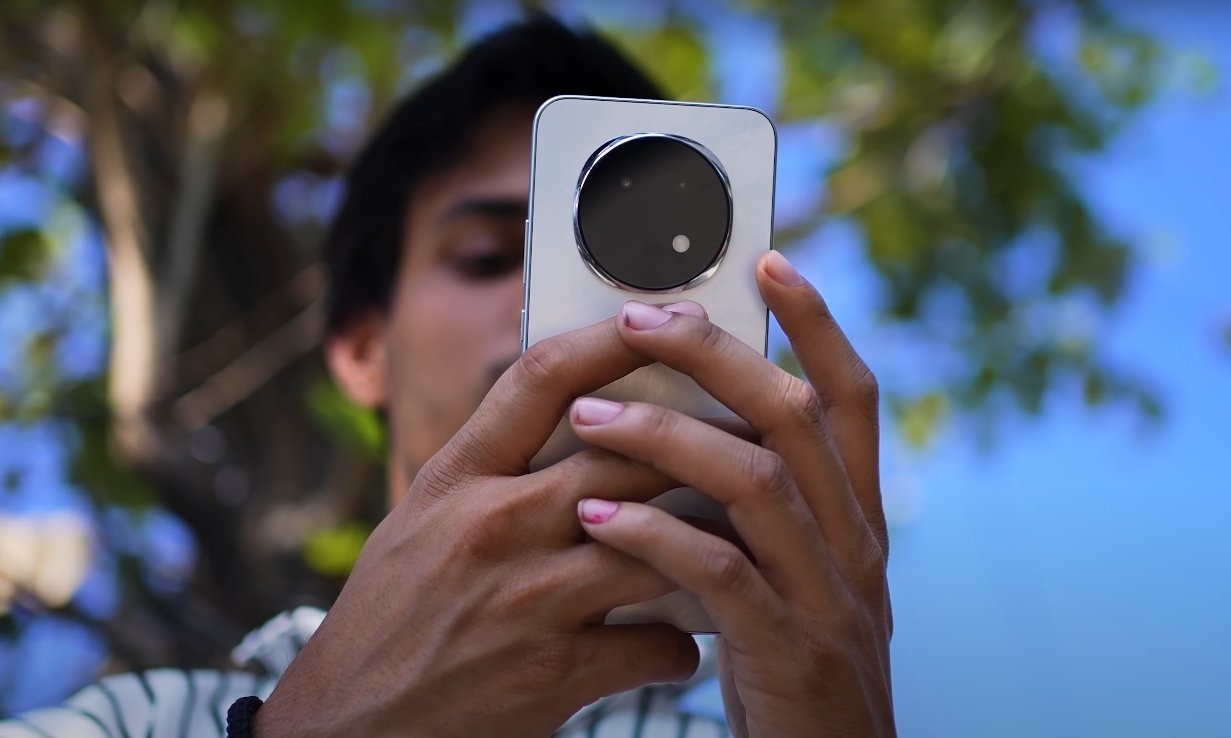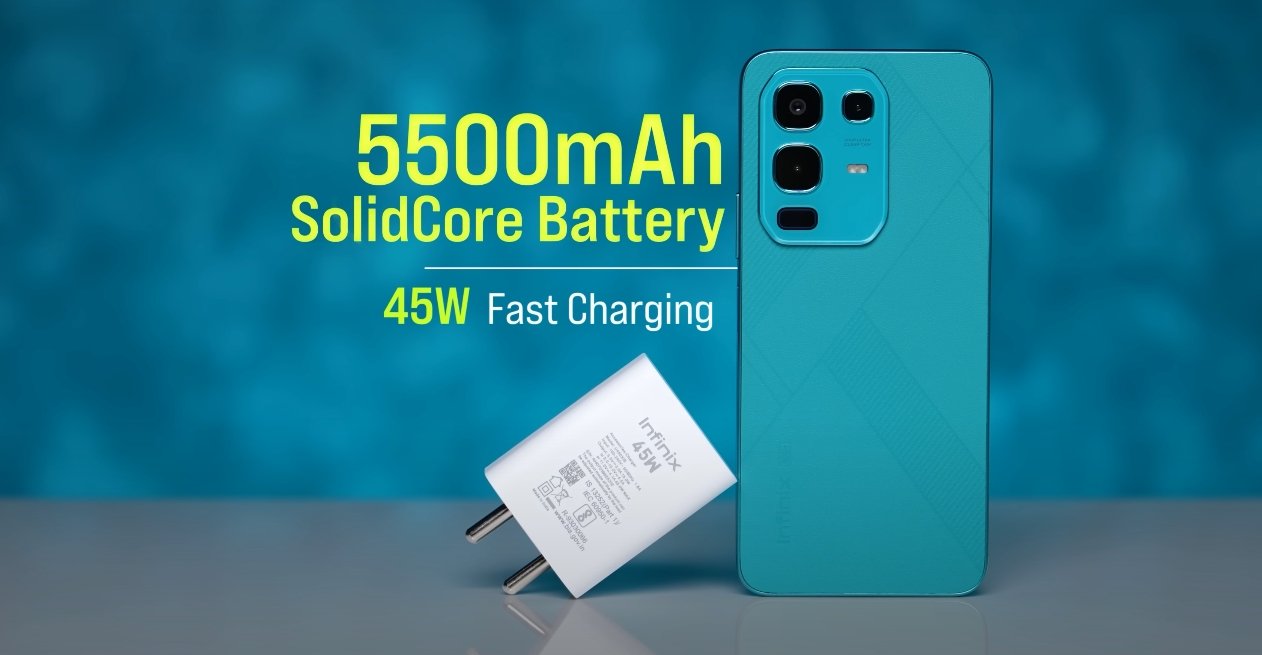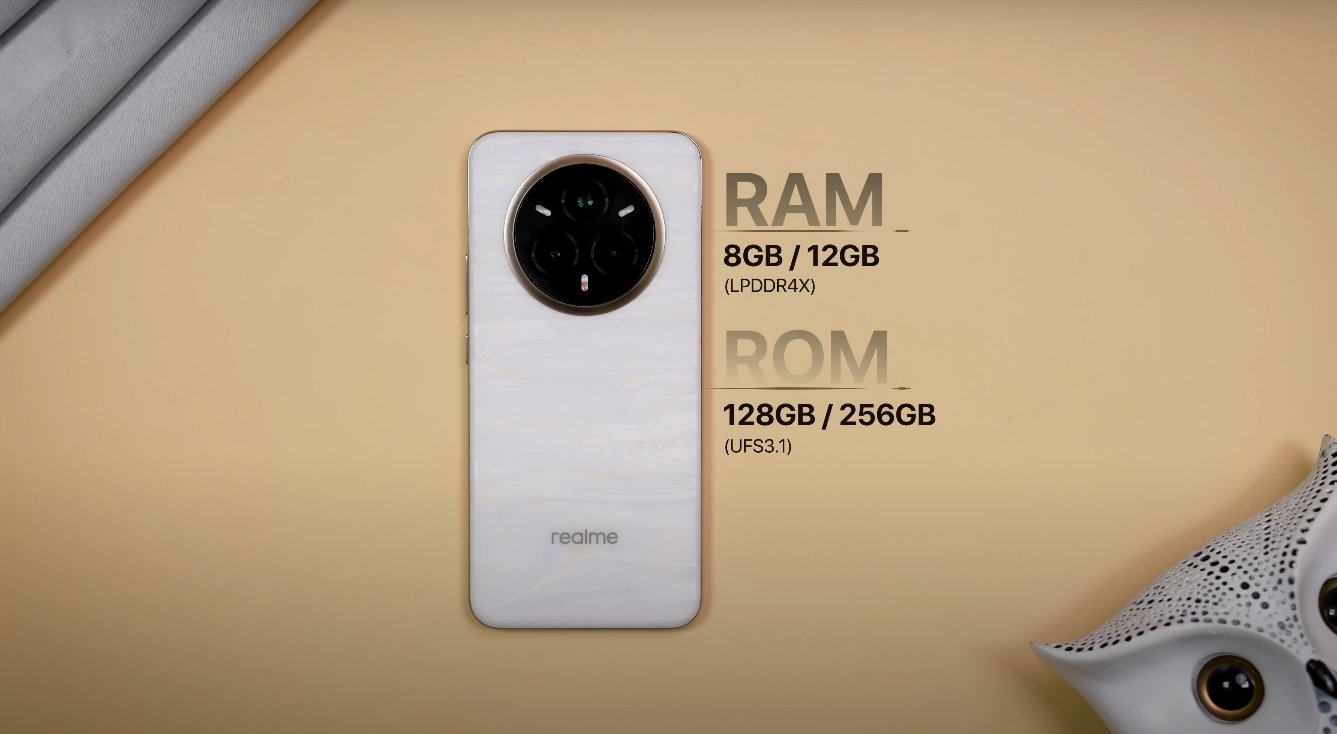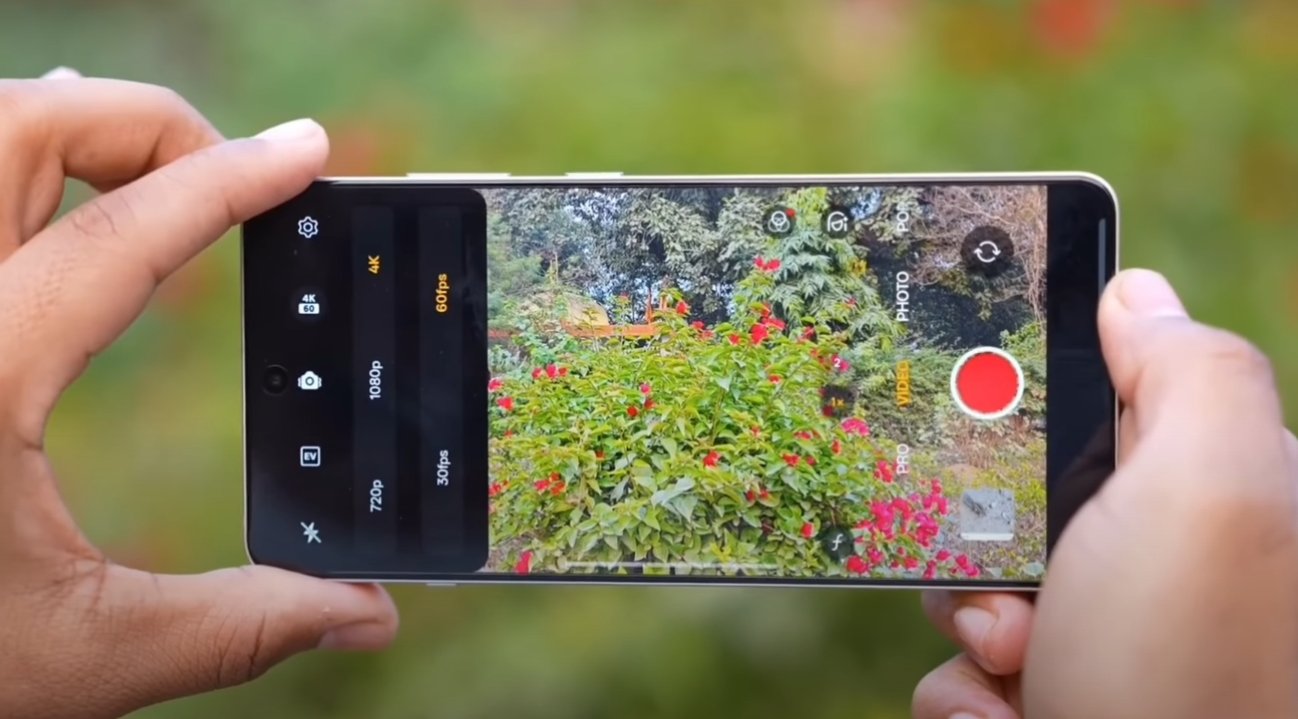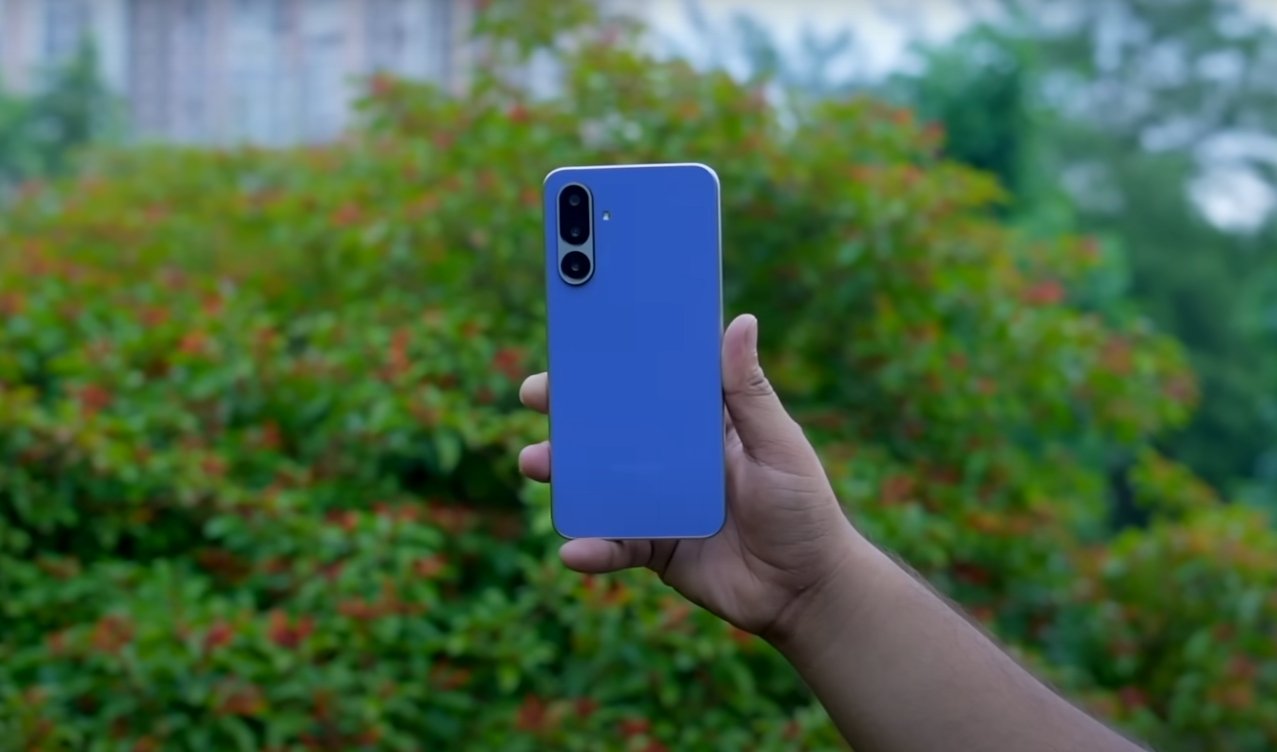Full Comparison of Features and Performance for 2025 Buyers
The midrange smartphone market in 2025 has become one of the most competitive segments in the U.S. mobile industry. Two names creating the most buzz are the Samsung Galaxy M17 5G and the Realme 13 Pro Plus. Both aim to deliver flagship-level performance at a reasonable price, combining strong 5G connectivity, vibrant displays, and modern camera systems. While they share several similarities, each device has distinct strengths that set it apart. Here’s a detailed look at how these two phones compare feature by feature.
The Samsung Galaxy M17 5G brings a familiar yet refined design. It features a 6.7-inch Super AMOLED display with a 90Hz refresh rate, producing sharp colors, strong contrast, and smooth animations. Samsung uses Gorilla Glass Victus for protection, ensuring durability against scratches and minor drops. The phone also carries an IP54 rating, meaning it can resist light dust and splashes. The Realme 13 Pro Plus, on the other hand, boasts a slightly more advanced display. It also measures 6.7 inches but uses an AMOLED panel with a 120Hz refresh rate for extra fluidity. Its display offers higher peak brightness, giving it an advantage for outdoor use. Realme’s curved-edge design and IP65 rating provide a premium look and feel, making it one of the more stylish options in its class.
Performance-wise, both phones target efficiency and everyday speed but use different processors. Samsung powers the Galaxy M17 5G with the Exynos 1330 chipset, which is optimized for balanced performance and energy use. It’s well-suited for social media, streaming, and light gaming without overheating. Realme’s 13 Pro Plus comes equipped with the Snapdragon 7s Gen 2 chip, which outperforms the Exynos in gaming and multitasking. Built on a 4nm process, it delivers faster processing speeds and better thermal control. Both devices handle 5G networks seamlessly, but Realme’s chipset gives it a noticeable edge in raw power and responsiveness.
Camera technology has become one of the defining aspects of modern smartphones, and both models take different approaches. The Samsung Galaxy M17 5G includes a triple-camera setup: a 50MP main sensor with optical image stabilization, a 5MP ultra-wide lens, and a 2MP macro lens. It delivers consistent results with balanced color tones and natural detail, particularly from its main sensor. Low-light shots are decent, though not exceptional, and the supporting lenses serve casual use. The Realme 13 Pro Plus, however, clearly focuses on camera innovation. It also carries a 50MP main sensor with OIS but adds a 50MP telephoto lens with 3x optical zoom and an 8MP ultra-wide lens. This setup offers far greater flexibility, producing sharp images with excellent color contrast. Its 32MP front camera is ideal for selfies, outperforming the M17’s 13MP front sensor in clarity and low-light conditions.
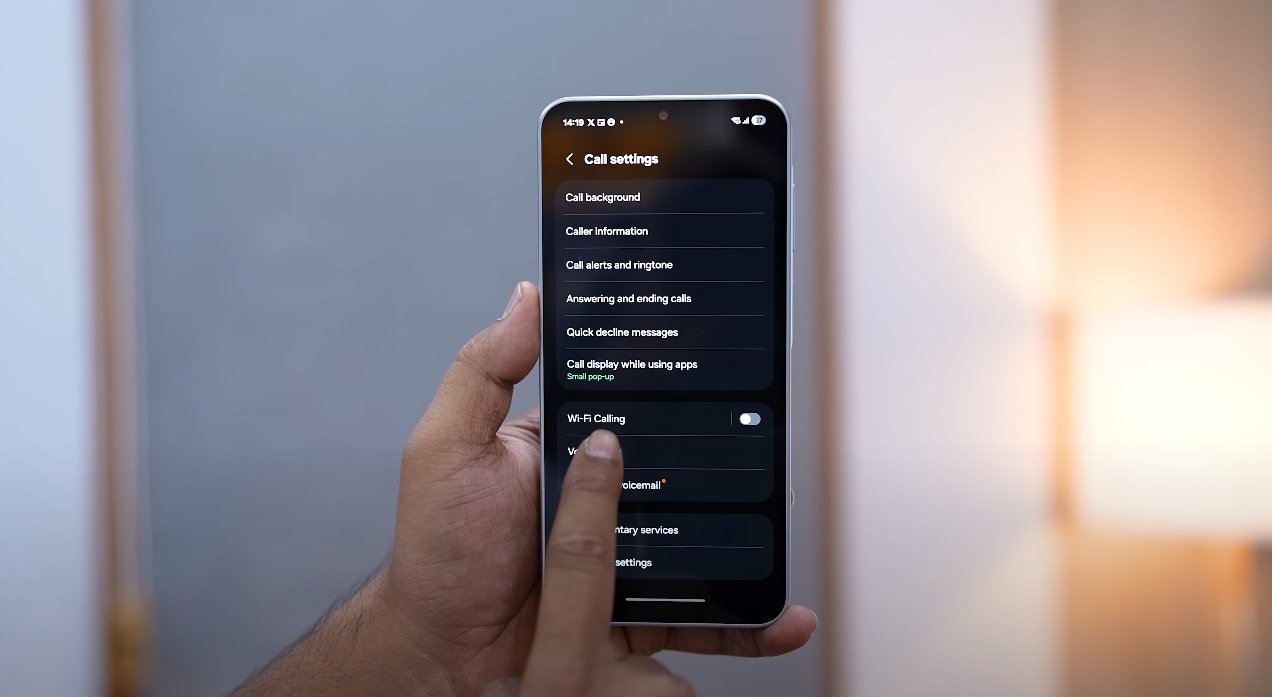
When it comes to battery life, both devices perform well, though their priorities differ. The Galaxy M17 5G is equipped with a 5,000mAh battery, designed to last comfortably through a full day of mixed use or longer with light usage. It supports 25W fast charging, which is adequate but not record-breaking. Realme’s 13 Pro Plus comes with a slightly larger 5,200mAh battery and supports 80W SuperVOOC fast charging. It can reach 50% charge in less than 20 minutes, giving it a clear advantage for users who prefer rapid top-ups. However, Realme’s faster charging comes with more heat generation, which Samsung’s slower-charging system avoids, potentially leading to better long-term battery health.
Software experience plays a major role in usability. The Galaxy M17 5G runs on Samsung’s One UI 7 based on Android 15, which offers extensive customization, smart multitasking features, and tight integration with Samsung’s ecosystem. Samsung also promises up to six years of software and security updates, providing long-term peace of mind. In contrast, the Realme 13 Pro Plus runs Android 14 with Realme UI 5.0, which offers a clean interface and useful personalization tools. While Realme provides a few years of updates, Samsung’s update policy remains superior, especially for U.S. consumers who keep their phones for several years.
Design and build quality are subjective but significant. The Galaxy M17 5G has a minimalist, flat-edge design that feels durable and practical. Its matte finish helps resist fingerprints, and the phone sits comfortably in hand despite its size. The Realme 13 Pro Plus emphasizes elegance, with a curved display, lighter body, and more premium materials. It’s better suited for those who prioritize appearance and in-hand feel, while Samsung caters to users seeking a sturdy, functional build that can withstand daily wear.
In conclusion, the Samsung Galaxy M17 5G is built for longevity, offering balanced performance, long-lasting battery life, and extended software support. It’s ideal for users who want a dependable 5G phone without frequent upgrades. Meanwhile, the Realme 13 Pro Plus stands out for its higher refresh display, faster charging, and more advanced camera setup. It’s the better pick for users who prioritize photography and speed. Both phones deliver excellent value, but Samsung wins on reliability, while Realme leads in cutting-edge features and style — making the final choice a matter of personal preference.
Also Read: Apple iPhone Air trade in value estimates revealed
